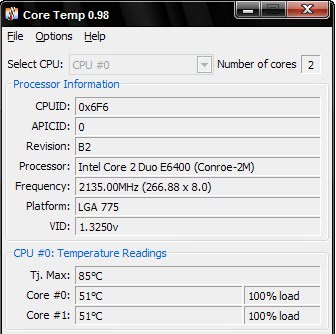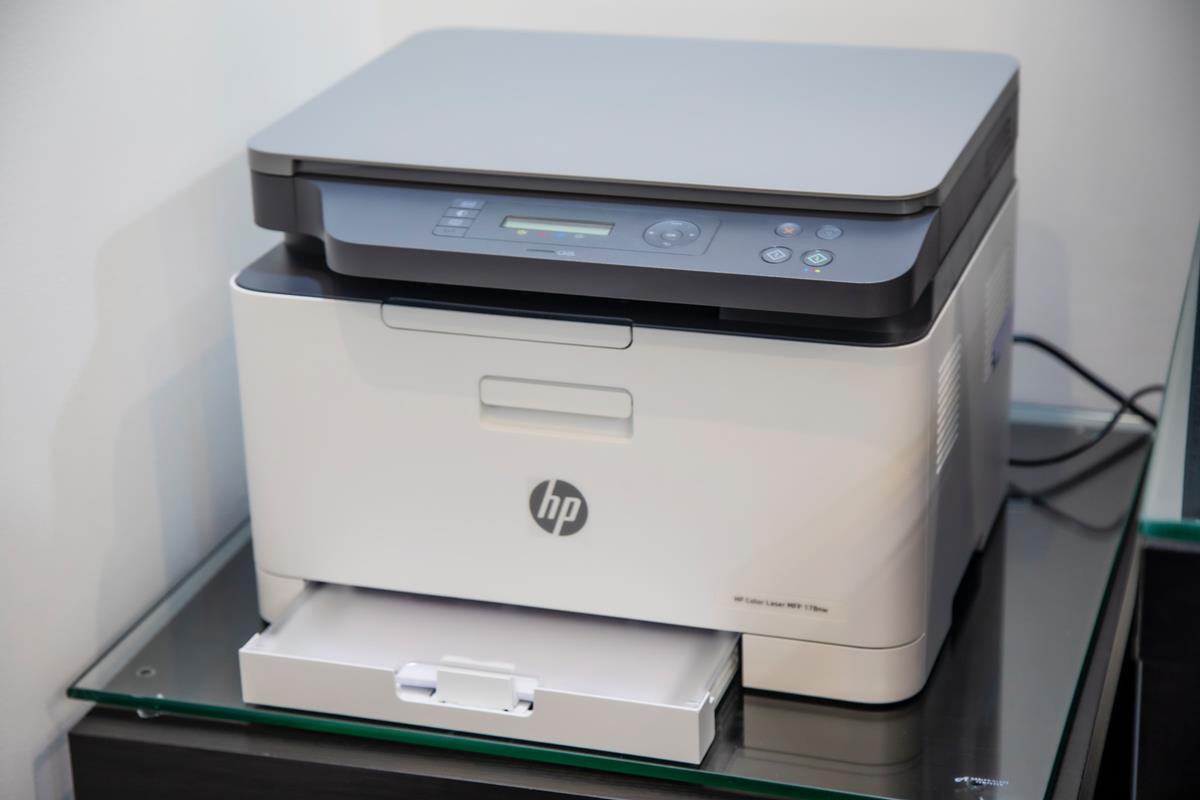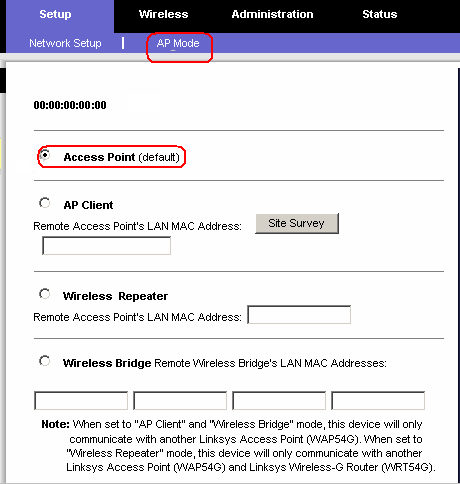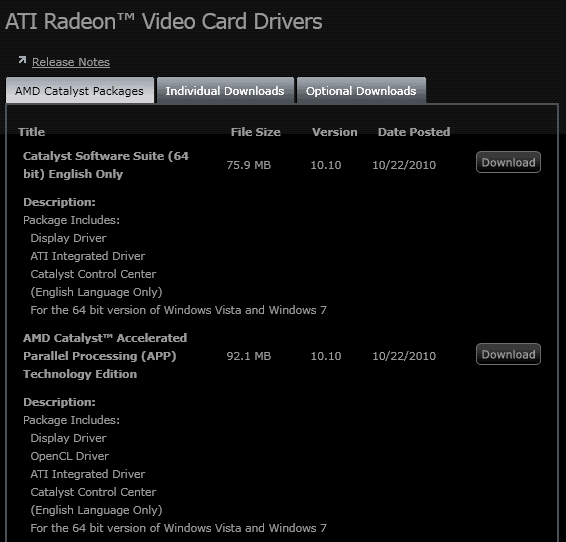Monitor CPU Core Temperatures

I can't really say how many apps and tools for Windows provide you with the functionality to display the temperature of your cpu, graphics card or hard drives. I have been using Speedfan for this purpose for well over two years by now but have to admit that Speedfan does not make it that easy to find out which temperature belongs to which component in the computer. The temperatures are named Temp1, Temp2 and Temp3. The main benefit of Speedfan is that it also monitors hard drive temperatures if the hard drives of the computer support that (not all do, and Solid State Drives do not heat up).
Core Temp concentrates on the cpu, the central processing unit of the computer. It can read the temperature of several cores if the cpu is a multi-core cpu. While this is not a unique feature Core Temp does its best to display the temperatures in the best possible way. The software provides an easy interface that displays all information in one screen.
One great feature for overclockers and if your PC is new is the logging feature that logs the temperature of the CPU and its cores so that it becomes easy to analyze the temperature changes over time. That's an excellent option to find out if your cpu ever goes above a certain threshold limit or if it stays below that limit. Can be combined with taxing benchmarks to really drill the cpu for a period of time.
I still prefer to use Speedfan because it provides additional information that are important to me. If you just want to analyze and check the cpu you are best of with Core Temp though.
Another reason might me memory usage. Core Temp uses a third of the memory that Speedfan uses when running. (3MB compared to 9MB).
Advertisement





















@ francois
Most Bios have a safety thermal shutdown feature which will shut down the PC when the CPU reaches a specific temperature. I suggest you turn that on. Shutting down using a software is not that recommended. Better use the BIOS.
Does anyone now about one which will automatically shut-down the PC above a given temperature? (sending an e-mail notification would be a plus)
My PC is working full-time for the fight against Cancer in the World Community Grid:
http://www.worldcommunitygrid.org/projects_showcase/hcc1/viewHcc1Main.do
Since we are approaching summer (in the northern hemisphere) I’d like to have this functionality in case the fan fail when I’m not at home.
You might want to try HWMonitor by the guys who made the nifty cpu-z.
http://cpuid.com/hwmonitor.php